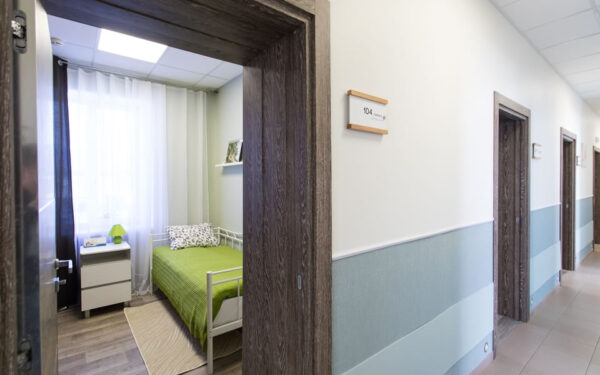Minimizing Sales & Use Tax Obligations of Illinois Healthcare Facilities
By Barry Burchel, Director, Tax & Business Services

Service providers in the State of Illinois who transfer items of tangible property incident to the services they sell are generally subject to the Service Occupation Tax Act (Act). The Act provides the framework for how sales and use taxes are applied to service providers who transfer property. Most nursing homes, retirement homes, extended care facilities, and others (herein after referred to as facilities) transfer substantial property to their residents as a part of the larger services provided and are consequently subject to the Act.
Like many states, the Illinois Department of Revenue, or IDOR, provides a sales and use tax exemption for goods sold to any governmental body with an active exemption number. The IDOR, through Regulations and clarified by a series of Informational Bulletins and General Information Letters, has prescribed a method by which facilities can utilize the governmental exemption for items transferred to residents whose fees are paid for by a governmental agency under simplified procedures.
The Service Occupation Tax Act provides four methods for taxpayers to choose from in managing tax obligations. Each method comes with it is own advantages and disadvantages, which vary by industry. While not discussed at length, it is important to note for this discussion that the IDOR also provides for a low rate of tax (1%) for certain qualifying items (namely, food for offsite consumption, medicines, and medical supplies), which may require additional accounting procedures to be implemented depending on the method chosen. The Act generally requires servicemen be registered as resellers with the state, unless the de minimis rules apply (discussed below). Registered taxpayers will need to provide their resale certificates to their suppliers to purchase items tax-free. The taxpayer would then charge its customers sales tax on either:
Method 1 The Separately Stated Selling Price of Tangible Goods, or
Method 2 50% of the Entire Invoice.
The third and fourth methods are only available to de minimis servicemen, defined as servicemen whose “annual aggregate cost of tangible property transferred incident to sales of service” is less than 35% of their “annual gross receipts from service transactions.” De minimis servicemen are not required to register with the IDOR under the Act.
Method 3 – Taxpayers using Method 3 do not (voluntarily) register with the IDOR; consequently, a resale certificate will not be issued. They simply pay sales tax to their suppliers on all purchases of tangible goods for transfer to residents and self-assess and remit use tax on purchases from out-of-state suppliers.
Method 4 – Under Method 4, de minimis servicemen can choose to voluntarily register with the IDOR as a reseller under the Act. This allows the taxpayer to purchase goods for transfer on a tax-free basis. The taxpayer then self-assesses and remits sales tax on the purchase price of all goods transferred incident to sales of service.
Most facilities will qualify as de minimis servicemen. Methods 1 and 2 are available to a de minimis serviceman. However, Method 1 is administratively impractical, as it requires invoices to list the separately stated selling price of each item transferred to patients (unlike any other method). Method 1 also results in a comparatively overstated tax base, as the tax is assessed on the selling price, as opposed to the purchase price tax base available in other methods. Method 2 would result in an overstated tax base for a facility due to the 50% of Invoice requirement. Method 3 is administratively efficient; however, it does not allow a facility to utilize the state’s governmental exemption. Method 4 allows a facility to utilize the governmental exemption and allows for a purchase price tax base. While it does impose a greater administrative burden than Method 3, it is a significantly lesser burden than under Method 1. Method 4 administrative requirements include registration, reoccurring filing obligations, and tracking both qualifying governmental revenues and the segregation of purchases of qualifying low rate goods (e.g., food, medicines, and medical supplies). Depending on a home’s mix of private-pay versus qualifying governmental revenues, the tax savings obtained by exempting a portion of the tax base can be substantial.
Many facilities unwittingly operate as Method 3 de minimis servicemen, unaware of the potential tax savings that can be obtained by voluntarily registering and taking advantage of governmental exemptions. The tax advantages of registering will vary by facility and are dependent on their ratio of governmental revenues to total revenues, and they should be weighed against the additional administrative burdens.
Should you have any questions related to these sales tax obligations, please contact the authors.





